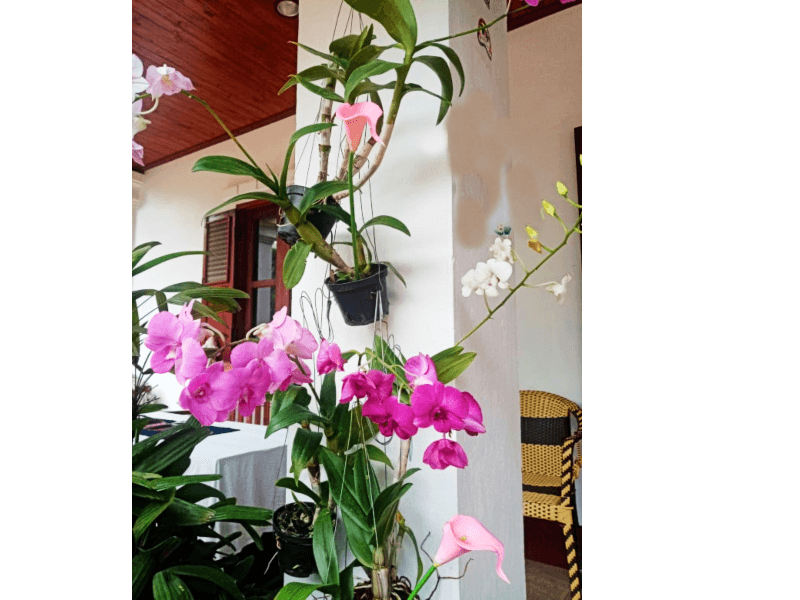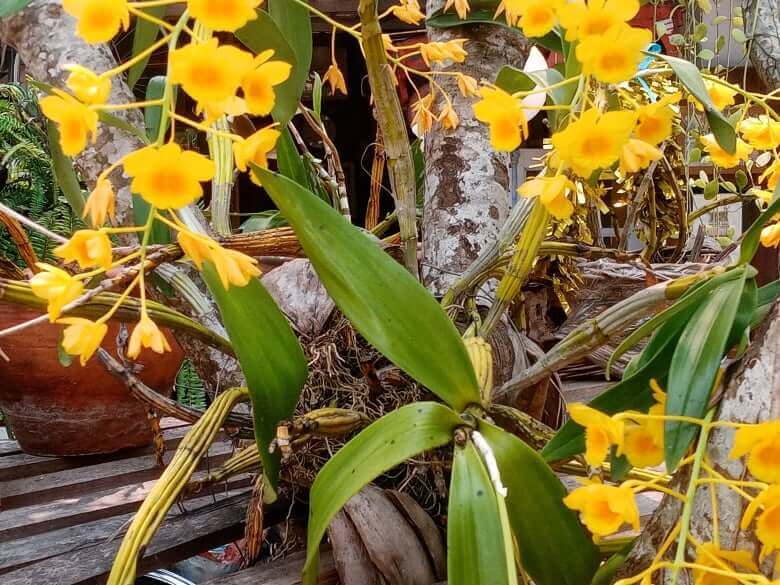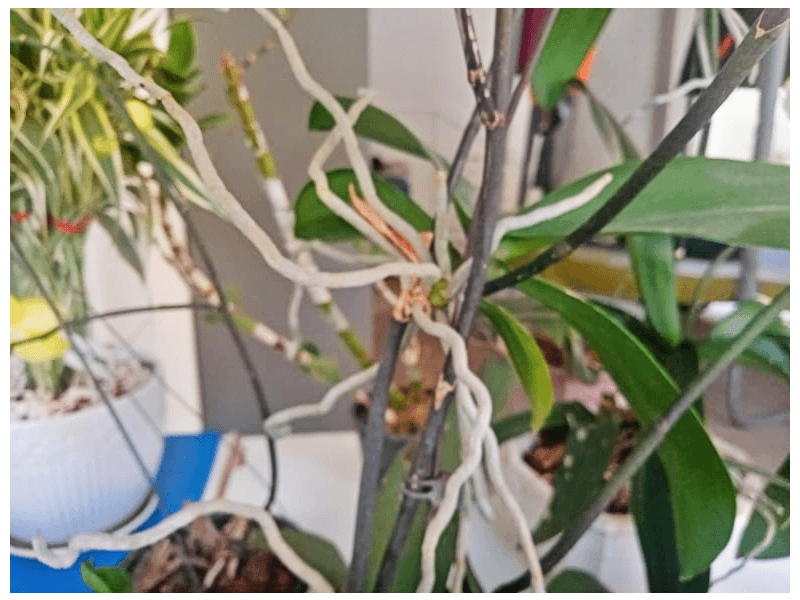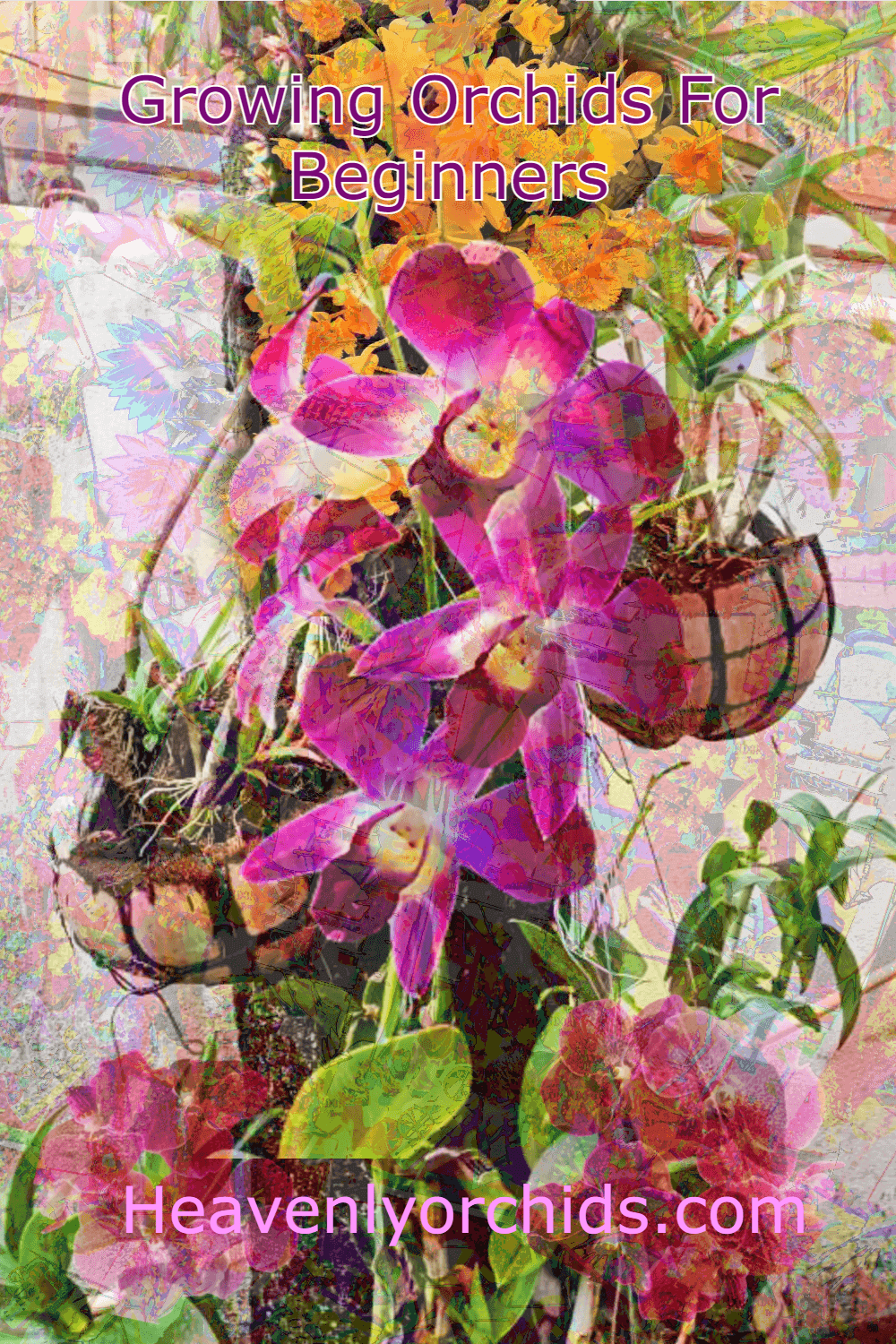- Home
- Orchid Watering Basics
- Basics
Growing Orchids For Beginners
Welcome to the wonderful world of growing orchids for beginners. If you are like me, you have probably become enchanted with the spectacular and alluring variety of flowering plants known as orchids. Once upon a time, these beautiful plants were only available to the very wealthy class of society. Today, almost anyone can afford to buy an orchid as they have become mainstream and available from many locations probably including your local supermarket. Once you start caring for orchids, you may find your collection growing quite rapidly. You may sometimes find yourself simply on a mission to pick up some groceries, when you pass a beautiful orchid and it whispers to you "buy me, take me home with you" and you find yourself unable to resist its alluring beauty. You are not alone, this phenomenon is a common occurrence for many orchid lovers.
Caring For Your New Orchid

The first thing that you are going to need to do is choose a proper location for your orchid. In their natural habitat, many orchids grow in the shade canopy of trees. When choosing a location for your new orchid, it is important to choose a location where it will not receive direct hot sunlight. One of the most common commercially available orchids is Phalaenopsis and it is the orchid that most people start out with. Phalaenopsis do very well in low light conditions, so choosing an east or southeast facing window sill can be a very good location. While in general, you want to avoid direct hot sun, very early morning, direct cool sun will be fine for most orchids, and by early morning, I mean before 9.30 am in most locations in the world. Otherwise, the orchid needs to be out of direct sunlight as it will burn the leaves and most likely kill your orchid. So, bright indirect sunlight is what you need to provide for your orchid. You can read more about light requirements by clicking on the link or following the navigation at the top of the page.
Growing Orchids for Beginners: Watering and Fertilizing
The next step that you need to learn in growing orchids for beginners is how to water and fertilize your orchid properly. One of the top reasons for orchid growing failures, that beginners make, is over watering. Watering is usually combined with minute amounts of fertilizer being administered to your plant. In nature, orchids receive their moisture and fertilizer from rain, and the runoff from trees and leaves. They usually get minute amounts of fertilizer from bird and animal droppings, decaying leaves and fruit. The tropics, where many orchid species originate from, have a distinct rainy and dry season. Orchids can live for weeks and months without a lot of rain, but have a sensitive velamen on their roots that can absorb moisture from humidity and dew during the dry season. The key points to learn from nature is to feed your orchids minute amounts of fertilizer on a weekly basis and to let the medium dry out between watering's. The frequency with which you water, is dependent on your local environmental conditions and the variety of orchid that you are growing. If you are growing a Phalaenopsis orchid, and just learning about growing orchids for beginners, water and fertilize your orchid, once a week until you learn from observation how much water it needs. For more information on watering and fertilizing, follow the links at the top of the page.
Temperature

Many species of orchids originate from tropical climates. For this reason, you will most likely be growing your orchid indoors unless you live in a tropical climate. Most tropical regions have temperatures that range from the low 60's Fahrenheit (15 Celcius) to the 90's (32+ Celcius). Orchids can be grown outdoors in regions where the climate stays relatively within these ranges. Temperature also plays a role in orchid flowering. Phalaenopsis in particular need night time temperatures to drop into the upper 50s Fahrenheit (14 Celcius) in order to trigger flower spike development. This is something to keep in mind if you find that you are having a difficult time in getting your orchid to rebloom.
Potting And Growing Medium

Orchids are mainly epiphytic or lithophytic plants sometimes referred to as air plants and actually do not need to be in a growing medium or pot. In tropical areas, they grow like this in their natural habitat they are often cultivated and kept outdoors in this manner. In cultivation, we place orchids in pots with a growing medium for convenience with watering and to keep the plants upright. When you first get your orchid, it will probably be in bloom and in a standard black plastic pot with its preferred growing medium. Enjoy your orchid blooms until they are finished, as disturbing the orchid roots while it is blooming could cause shock and cause the flowers to drop. After your orchid has finished blooming, it is advisable to change to a new fresh growing medium and repot it in a clear plastic container. Why should we do this? It is a good lesson in growing orchids for beginners that we learn to inspect the roots and how to replace the growing medium. It will give us an idea if we have been overwatering if we observe dying and withering roots. Also, this gives us the opportunity to change the growing pot to a clear see through plastic pot. Many orchid growers like to use a clear see through pot to contain the orchid and growing medium. This is extremely helpful in monitoring root health and can also be a guide in our watering schedule. If we observe condensation on the inside of the pot, our orchid has plenty of moisture and we do not need to water. You can then place this clear plastic pot inside of a more ornamental container to enhance the natural visual beauty of your orchid.
Which Growing Medium To Use
When you purchased your orchid from a nursery, home building store, or grocery store, it is most likely that your orchid came in the medium that is best suited for it. For beginners, finding a Phalaenopsis orchid that is growing in orchid bark is probably the best to start out with as it is the most forgiving medium. Ask your local nursery for a good quality orchid bark when you are ready to repot your orchid. If your orchid is growing in sphagnum moss and you have managed to keep it alive, then it should be replaced with a good quality sphagnum moss, however it retains a lot of water and is not an easy medium for a beginner to learn with. It also needs to be replaced more frequently than orchid bark as it decomposes in a shorter time span. One way to tell if sphagnum moss is dry is to press it with your finger. It will have a crunchy sound when dry. If it is spongy and doesn't make any sound, then it still has moisture in it and you should wait for it to dry more, before watering.



